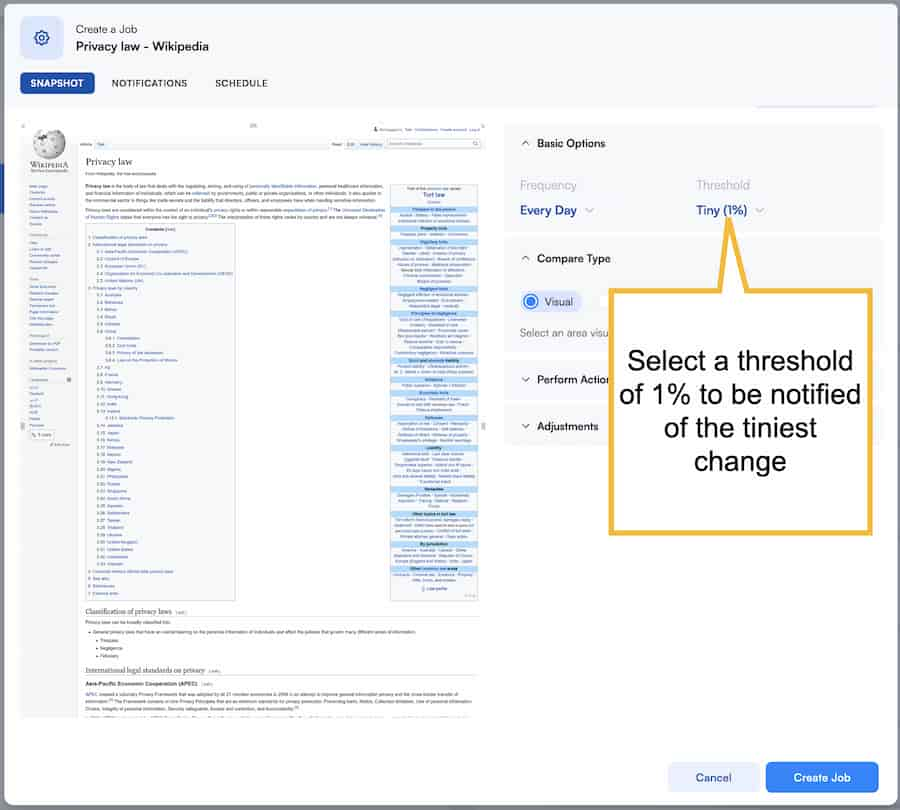How to Lower the Risk of a Reputational Crisis
Building a reputation takes time and effort.
Ruining it usually takes one single misstep.
This is scary but it has become even worse with the growing popularity of social media platforms that give everyone an ability to voice their dissatisfaction with a brand.
How to lower your company’s risk of a reputation crisis?
Here are three steps to lower the risk of a reputation crisis at your company:
1. Accept the risk
No company is safe from a reputation crisis, no matter how good of a job you think it is doing at managing customer relationships.
Your company’s reputation is threatened by lots of factors, many of which are beyond your control:
- Data breach and malware
- Legal actions that become public
- New regulations that you failed to comply with in a timely manner
- Former employees who tell their side of a story
- New social rules your representatives didn’t know about (and consequent politically incorrect statements your brand didn’t necessarily endorse)
Accepting the risk of a reputation management crisis is the only way to create processes and procedures for promptly dealing with one.
Here’s a detailed guide on how to measure and mitigate a reputation risk.
2. Eliminate organizational silos
If companies continue to think of reputation management as their own separate entity, there will be constant silos between marketing teams, dev teams, sales teams, etc.
Silos create confusion, delays, and make it harder to ensure everyone is on the same page.
That’s exactly what often causes a reputation crisis (i.e., employees being frustrated and confused) and makes it harder to manage (i.e., no one knows what the other team is doing to solve the issue).
Eliminating silos lowers your company’s risk of ever running into a crisis through effective collaboration.
Collaboration generally makes employees happier and more motivated, and that means they will be more actively monitoring and guarding your brand’s reputation.
On a much more important note, your employees are aware of everything that’s wrong with your company (and may cause damage to its reputation) but they may be too afraid (or shy) to say anything.
By promoting collaboration, you will see:
- More feedback flowing within your company
- More teams willing to improve based on that feedback
Additionally, cross-team collaboration can solve lots of organizational issues that often cause crises by allowing you to:
- Quickly identify and reach out to unhappy employees
- Address looming internal conflicts and scandals
- Improve poor working conditions for employees
Creating a collaborative environment is a huge topic and it largely relies on your current structure: How large is your company? Do you have remote employees? Do you have a lot of teams?
Generally, it is a good idea to start with:
- Creating an effective communication strategy
- Make sure it is widely known that feedback and information sharing are encouraged within your company
- Setting up technology allows for free information exchange (without causing too much distraction). Tools like Slack often fit into most organizational structures pretty easily
3. Fix what can be fixed now
Companies tend to neglect problems until they blow up, and that’s what often causes a reputation crisis.
Above, I have already listed some common factors that often cause a reputation crisis. Some of those require high-level organizational fixes; others may be much easier to solve. And I suggest starting with those.
Website security
Cybersecurity poses a huge risk to your company’s well-being. An insecure website can cause many problems, such as:
- Getting hacked or infected with malware or other cyberattacks
- Losing website data due to data breach or theft
- Being suspended by your web hosting company
- Suffering loss of organic rankings
- Being blacklisted by Google
- And finally, losing your business reputation and customer loyalty, impacting your bottom line
Making your site more secure may seem like a challenging task, but, in fact, lots of content management platforms already have tools to help, including WordPress, Shopify, and Wix.
Page speed and usability
Providing a positive user experience is one of the best ways to make your customers happy, and the expectations for page speed and usability have been growing fast.
UX optimization is a never-ending process, and there is no shortcut here but there are still quite a few quick fixes here:
- Make your pages faster. Again, most website builders offer easy fixes here, including WordPress, Shopify, and Wix.
- Get rid of checkout friction: Remove extra steps, unnecessary data you are collecting, etc.
- Set up feedback forms, allowing customers to easily report when something is not working.
Customers’ privacy
Privacy is another quickly changing area many businesses fail to keep up with. Gone are the days when you could simply grab all your customers’ emails and send all of them an email.
These days, you need explicit permission and total transparency to comply with changing privacy regulations.
- When in doubt, don’t use people’s emails. This is a hard truth, but the consequences of using questionable private data are hard to deal with
- When collecting emails (for example, when using lead magnets), ask for consent to send regular messages to those subscribers
- Segment your list based on previous interactions with your list, to keep closer contact with people who are obviously willing to hear from you.
It is a good idea to monitor your competitors’ privacy policy pages to be alerted once they change anything. This way, you will be notified of possible changing laws you may have missed.
This page is maintained actively (the recent change goes back to May of this year), so monitoring that one as well is a good idea.
Visual Ping can help you monitor all of those pages and alert you of every tiny change:
Select a threshold of 1% to be notified of the tiniest change.
Monitoring your reputation
Finally, this is an obvious step but it must be included here: By monitoring your online reputation and listening to your (and your competitors’) customers, you will be able to predict a possible crisis as well as prevent it by promptly solving your customer’s problems:
- Set up an effective social media listening strategy
- Make sure your employees know how to handle negative (or positive) feedback
- Use sentiment analysis to catch alarming trends even if they are not so obvious
Takeaways
- Accept the risk and build a strategy for handling the crisis before it happens
- Organizations require a shift in mindset – stop thinking about reputation or branding as an individual entity and start embracing the fact that it’s an ever-present part of your marketing efforts
- Eliminate silos and encourage cross-team collaboration to enable your teams to effectively identify and prevent a possible reputation crisis
- Make sure to ensure possible issues are solved before they blow up: Ensure your site security and smooth user experience, privacy changes, etc.
- Monitor your reputation closely to be able to address any issues promptly
About the author
Tags: Online Reputation Repair, Reputation Management, Reputation Protection.


